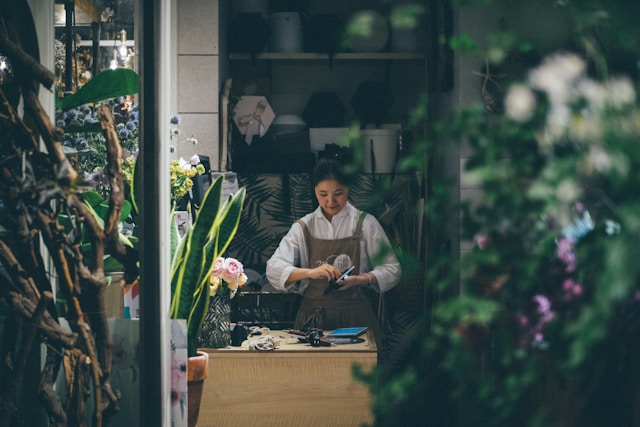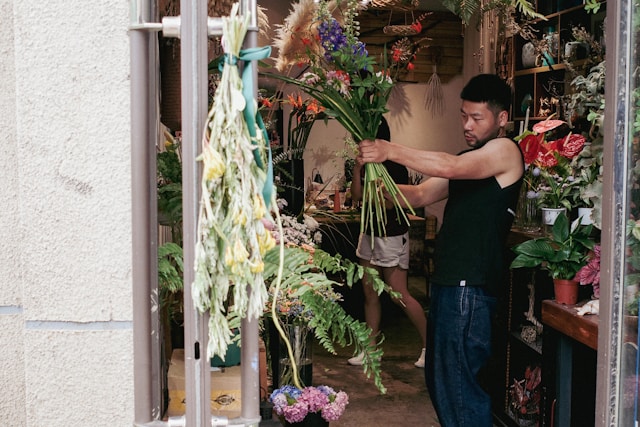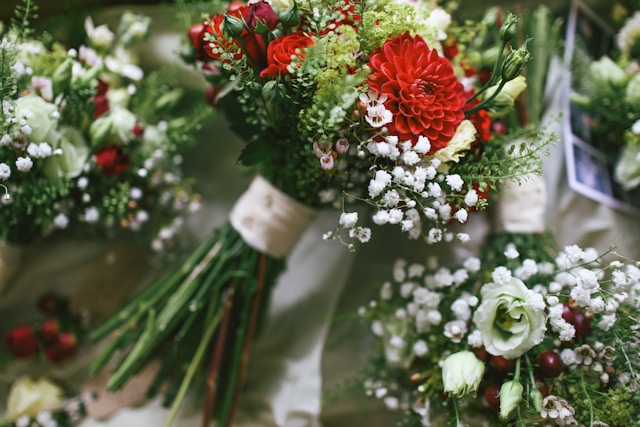Flowers have long held symbolic meanings, conveying emotions, messages, and sentiments through their colors, shapes, and fragrances. For centuries, cultures around the world have assigned specific meanings to different flowers, using them to express love, friendship, sympathy, and more. As a florist, understanding the symbolism of flowers is essential for creating arrangements that resonate with your clients and convey their intended messages. In this comprehensive guide, we’ll explore the meanings behind some of the most popular flowers and how you can incorporate symbolism into your floral designs.

The Language of Flowers
The practice of assigning meanings to flowers, known as floriography or the language of flowers, dates back to ancient times. During the Victorian era, the language of flowers reached its peak in popularity, with elaborate floral arrangements used to convey messages of love, friendship, and other sentiments. Today, the tradition lives on, with flowers continuing to hold deep symbolic significance in both personal and cultural contexts.
Popular Flowers and Their Meanings
- Roses: Perhaps the most iconic of all flowers, roses have a rich history of symbolism. Red roses traditionally symbolize love and passion, while pink roses convey gratitude and admiration. White roses represent purity and innocence, while yellow roses symbolize friendship and joy;
- Lilies: Lilies are associated with purity, virtue, and renewal. White lilies, in particular, are often used in funerals and memorial services to symbolize the innocence of the departed soul and offer condolences to the bereaved;
- Tulips: Tulips are often associated with love and romance, with different colors carrying different meanings. Red tulips symbolize deep and undying love, while yellow tulips represent cheerful thoughts and sunshine;
- Daisies: Daisies are symbols of innocence, purity, and new beginnings. They are often used in bridal bouquets and wedding arrangements to represent the purity and innocence of the bride;
- Orchids: Orchids are symbols of luxury, beauty, and elegance. They are often associated with refinement and sophistication and are used to convey messages of admiration and respect;
- Sunflowers: Sunflowers are symbols of warmth, happiness, and positivity. They are often associated with the sun and are used to convey messages of adoration and loyalty.
Incorporating Symbolism into Floral Designs
As a florist, understanding the symbolism of different flowers allows you to create arrangements that not only look beautiful but also convey deeper meanings and sentiments. Here are some tips for incorporating symbolism into your floral designs:
- Choose Flowers with Meaning: Select flowers that carry symbolic significance relevant to the occasion or message you’re trying to convey. Consider the recipient’s preferences and cultural background when choosing flowers for a particular arrangement;
- Combine Flowers Thoughtfully: Experiment with different combinations of flowers to create arrangements that tell a story or evoke a specific emotion. For example, pairing red roses with white lilies in a sympathy arrangement can convey a message of love and remembrance;
- Use Colors Wisely: Pay attention to the colors of the flowers you choose, as different hues carry different meanings. Incorporate colors that resonate with the intended message or theme of the arrangement;
- Consider Flower Arrangement: The way flowers are arranged can also convey meaning. For example, a bouquet with flowers clustered tightly together may symbolize unity and togetherness, while a loose and airy arrangement may represent freedom and spontaneity.
Conclusion
Flowers have the remarkable ability to communicate emotions, messages, and sentiments without saying a word. As a florist, understanding the symbolism of different flowers allows you to create arrangements that are not only visually stunning but also deeply meaningful. By incorporating symbolism into your floral designs, you can elevate your creations and create lasting impressions that resonate with your clients and their recipients. So the next time you’re crafting a bouquet or arrangement, consider the language of flowers and let their symbolism speak volumes.

